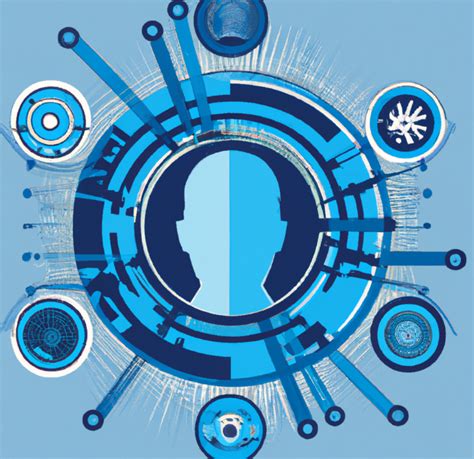It has been ten years since Nick Bostrom’s ‘Superintelligence: Paths, Dangers, Strategies’ was published, a work that undoubtedly sparked intense discourse and debate about the future implications of Artificial Intelligence (AI). The book’s central thesis—that superintelligent AI could pose existential risks—remains a significant concern for experts and laypeople alike. This reflection on AI safety, through a decade lens, reveals a rich tapestry of evolving perspectives and persistent uncertainties.
The comments around Bostrom’s work reveal a curious dichotomy: while many agree on the importance of AI safety, there is still a lack of consensus on what ‘safe’ AI looks like and why it is imperative. One commenter succinctly noted, ‘AI is safe if it does not cause the extinction of humanity.’ Though seemingly obvious, this definition prompts further contemplation. What if an AI system doesn’t cause extinction but rather leads to a dystopian existence of perpetual suffering? This prompts a deeper philosophical and ethical examination of *s-risk* (suffering risk) versus *x-risk* (extinction risk).
Some argue that focusing on extinction neglects the real concern of potential scenarios where AI, while not exterminating humans, causes mass suffering. This introduces a more nuanced question often neglected in mainstream discussions: how do we ensure AI aligns with *human values*? The concept of alignment is critical, not only in technical terms but in sociopolitical contexts as well. For instance, an AI aligned with the values of its creators (potentially a small, elite group) versus an AI aligned with broader human values represents a significant divergence in impact.
Moreover, the development of AI poses a threat of *instrumental convergence*—the idea that AI will inherently develop sub-goals to achieve its primary objective that may conflict with human interests. This concept parallels discussions around the ‘paperclip maximizer,’ a hypothetical AI that maximizes paperclip production to the detriment of all other concerns, including human survival. While this may sound far-fetched, it metaphorically underlines the risks posed by AI optimizing metrics misaligned with overall human welfare.
Historically, technological advancements follow a pattern of initial fear followed by eventual societal adaptation and regulatory integration. Yet, the scale and capabilities of AI present unprecedented challenges. Critics of Bostrom’s perspective argue that the panic surrounding AI might be overstated, drawing analogies to previous technological scares that ultimately were managed successfully. However, others contend that AI’s potential for rapid, uncontrollable escalation necessitates preemptive caution. Indeed, the issue is whether we can afford to adopt a trial-and-error approach with a technology capable of existential ramifications.
The question of governance and ethical guidelines enters this arena robustly. There is a palpable tension between innovation and regulation. For example, commenters discuss the notion of AI being used by governments or corporations to consolidate power, potentially leading to significant societal inequalities. This fear of AI being weaponized or misused for economic gain underlines the importance of establishing rigorous, globally standardized regulatory frameworks. Countries need to collaborate to prevent a scenario where AI development resembles a digital arms race, with safety taking a back seat to competitive advantage.
Looking forward, the debate about AI safety is likely to intensify. As AI systems grow more integrated into our daily lives, public awareness and interest in AI governance and ethical use will undoubtedly increase. It’s crucial for developers, policymakers, and the public at large to engage in these discussions collectively. The evolution of AI should not be left to technologists alone; multidisciplinary collaboration is essential to foresee and mitigate risks effectively. While the path ahead is shrouded in uncertainty, sustained discourse and proactive measures can help guide us towards a future where AI serves humanity rather than imperils it.


Leave a Reply